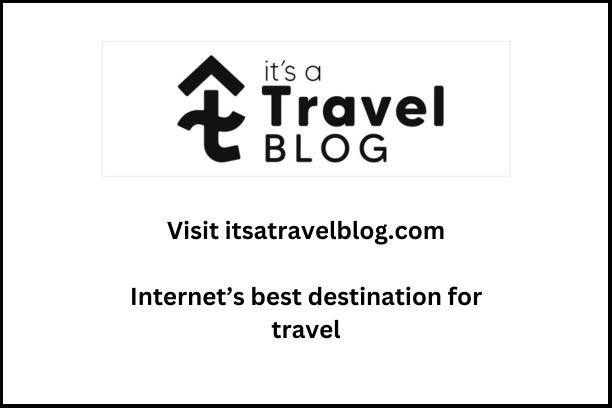
When It Occurs
Every January 11th
Timeline
Days Passed (1037)
# Hashtags
#NationalHumanTraffickingAwarenessDay #HumanRights
Observed on January 11, National Human Trafficking Awareness Day focuses on bringing attention to the ongoing issue of human trafficking. While the entire month of January is designated as National Slavery and Human Trafficking Prevention Month, this specific day is dedicated to raising awareness and preventing this illegal practice. It is distinct from the United Nations' World Day Against Trafficking Persons. Since its establishment by the Senate in 2007, this day has garnered substantial public support, ranging from individual donations to government-organized events. Human trafficking, a heinous injustice that transcends race and background, calls upon all of us to stand against it wherever it may exist.
History and Significance: National Human Trafficking Awareness Day was established in 2007 by the U.S. Senate to bring attention to the pervasive issue of human trafficking both domestically and globally. The day is part of a broader initiative during National Slavery and Human Trafficking Prevention Month, declared by presidential proclamation each January.
Human trafficking involves the exploitation of individuals through force, fraud, or coercion for the purposes of commercial sex, forced labor, or involuntary servitude. It affects millions of people worldwide, including men, women, and children. National Human Trafficking Awareness Day emphasizes the urgent need to protect vulnerable populations, provide resources for survivors, and bring traffickers to justice.
Forms of Human Trafficking:
- Sex Trafficking: Exploiting individuals through force, fraud, or coercion into commercial sex acts.
- Labor Trafficking: Coercing individuals to work under threat or manipulation, often in conditions of involuntary servitude.
- Domestic Servitude: Forcing individuals to work in private households for little or no pay, often under abusive conditions.
- Child Trafficking: Exploiting minors for sex, labor, or other forms of exploitation.
Signs of Human Trafficking:
- Physical Indicators: Unexplained injuries, signs of physical abuse, malnourishment, and poor hygiene.
- Behavioral Signs: Fearful or anxious behavior, lack of eye contact, and submissive or deferential demeanor.
- Living Conditions: Restricted freedom of movement, living at the workplace, or lack of personal possessions.
- Work Conditions: Excessive working hours without breaks, little or no pay, and unsafe working environments.
- Personal Documents: Lack of control over personal identification documents like passports or IDs.
How to Recognize and Report Human Trafficking:
- Education: Learn about the signs and indicators of human trafficking to recognize potential victims.
- Public Awareness: Spread awareness through social media, community events, and educational programs.
- Support Organizations: Support anti-trafficking organizations through donations, volunteering, and advocacy.
- Reporting: If you suspect human trafficking, contact the National Human Trafficking Hotline at 1-888-373-7888 or text "HELP" to 233733 (BEFREE).
Customs and Activities:
- Educational Events: Attend or organize workshops, seminars, and webinars to educate the community about human trafficking.
- Awareness Campaigns: Use social media to share information, stories, and resources about human trafficking. Use hashtags like #HumanTraffickingAwarenessDay.
- Vigils and Rallies: Participate in or organize events to honor victims and survivors of human trafficking.
- Community Partnerships: Collaborate with local organizations, law enforcement, and advocacy groups to strengthen anti-trafficking efforts.
- Wear Blue: Participate in the Blue Campaign by wearing blue clothing or accessories to show solidarity with victims and raise awareness about human trafficking.
Supporting Survivors:
- Provide Resources: Support organizations that offer legal aid, counseling, medical care, and safe housing for survivors.
- Advocate for Policies: Advocate for stronger laws and policies that protect victims and hold traffickers accountable.
- Foster Empowerment: Encourage educational and employment opportunities for survivors to rebuild their lives.
Key Organizations:
- Polaris Project: Operates the National Human Trafficking Hotline and provides resources and support for victims.
- International Justice Mission (IJM): Works to rescue victims, bring criminals to justice, and strengthen justice systems.
- United Nations Office on Drugs and Crime (UNODC): Provides international leadership in the fight against trafficking and supports victim protection and assistance.
- The Salvation Army: Offers programs and services to support survivors of human trafficking.
Conclusion: National Human Trafficking Awareness Day is a crucial observance that brings attention to the pervasive issue of human trafficking and underscores the need for collective action to combat it. By educating ourselves, spreading awareness, supporting survivors, and advocating for stronger policies, we can contribute to the global fight against human trafficking. This day serves as a reminder of our responsibility to protect the vulnerable and work towards a world where every person can live free from exploitation and abuse.


